The long-range Avro Tudor was Britain’s first pressurised airliner as well as their first airliner with a flight engineer, designed for transatlantic routes. Powered by four Rolls-Royce Merlin engines, it could fly for 4,100 miles (6,598 kilometres) and the first flight took place on 14 June 1945. The original Tudor I carried 12 sleeper passengers, which was less than the competing Douglas DC-4 and Lockheed Constellation, plus it weighed more.
Testing revealed numerous issues, such as control difficulties on take-off, bad stalling characteristics, excessive cruise drag and a high engine failure safety speed. These were corrected to an extent, but this version never went into passenger service, as BOAC cancelled their orders after requesting 343 modifications. Other versions eventually did enter passenger service, but not without problems.
Avro Tudor Video
Following on from the last video about the Airspeed Ambassador, this week we stay in the United Kingdom for a look at the Avro Tudor. First up is an excellent colour film from 1946 that runs for around ten minutes. It shows production, air to air shots, interiors and more, giving a really good overview of things.
Next up, running for just under two minutes is a British Pathé newsreel from 1948 called, “The Tudor Muddle”. It outlines the waste of money, modifications and problems with the aircraft.
The end narration says, “Britain now pins her faith on the monster Brabazon, soon due for tests.” Unfortunately, the Bristol Brabazon was another complete and utter failure for the UK aviation industry.
Issues With The Avro Tudor
From the outset, a larger version was planned and the Tudor II, potentially seating up to 60 passengers, first flew on 10 March 1946. The II was Britain’s largest aircraft, at 105 feet 7 inches (32.18 m) in length, compared to the Tudor Is 79 feet 6 inches (24.23 m). One of these crashed during testing and just three were built.
British South American Airways (BSAA) received six Tudor IVs, which were Tudor Is lengthened by 5 feet 9 inches (1.75m) to carry 32 seats with no flight engineer’s position, or 28 seats with one. First flight took place on 9 April 1947, with entry into service on transatlantic routes starting on 30 September the same year.
Several Tudor Vs were used successfully in the Berlin Airlift in a freighter capacity transporting fuel. Two were subsequently converted to passenger versions and one crashed at Llandow in Wales on 12 March 1950, killing 80 of the 83 on board.
Overall Thoughts
Just 38 Avro Tudors were built between 1945 and 1949. Freight services operated through the 1950s, until two more accidents in 1959 ended the aircraft’s story. It seems the aircraft was doomed from the beginning, but they just continued to press on with it.
Perhaps unsurprisingly, no Tudors exist today, so there is no way you can visit one in a museum or anything like that. Maybe that’s for the best, considering its unlucky history. You can read a more complete story of the trials and tribulations of the Tudor here.
What did you think of the videos? Did you ever, by any chance, get to fly on or see an Avro Tudor in person? Thank you for reading and if you have any comments or questions, please leave them below.
Enjoying the series? Check out the index to all the “Does Anyone Remember…” articles.
Flight reviews your thing? Mine are all indexed here.
Follow me on Facebook, Twitter and Instagram.
Featured image by Aeroplane via Key.Aero.
BSAA Tudor IVB via Pathfinder Craig.


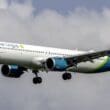

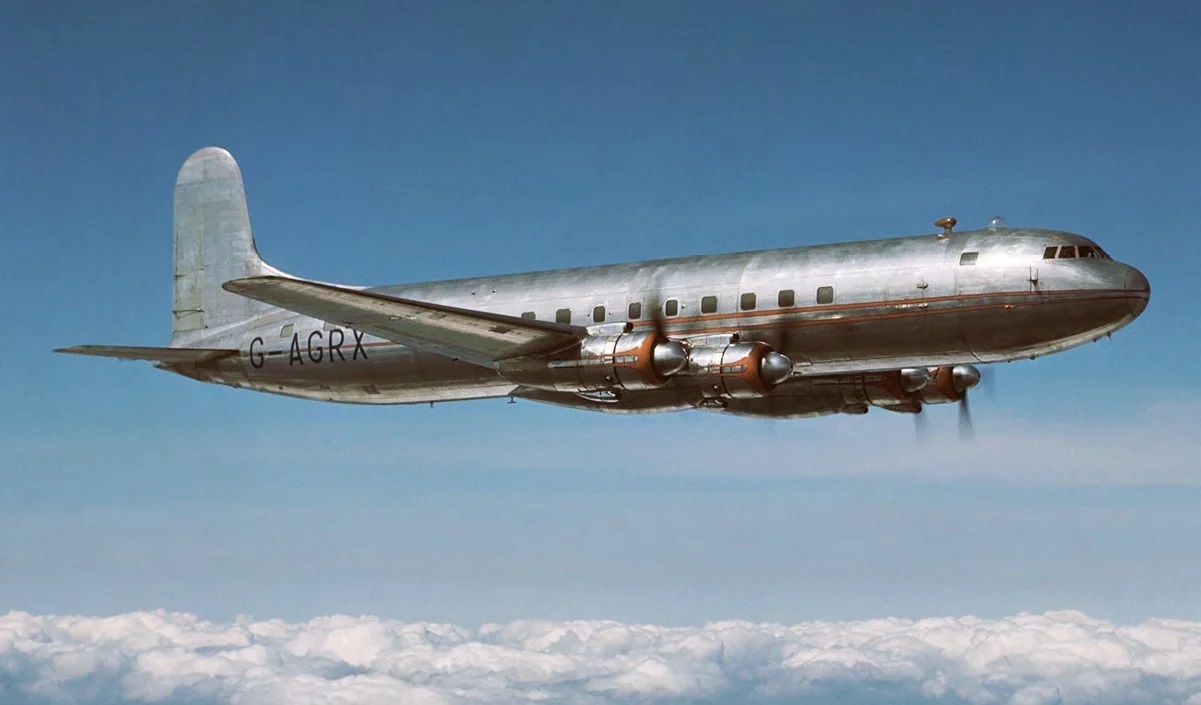
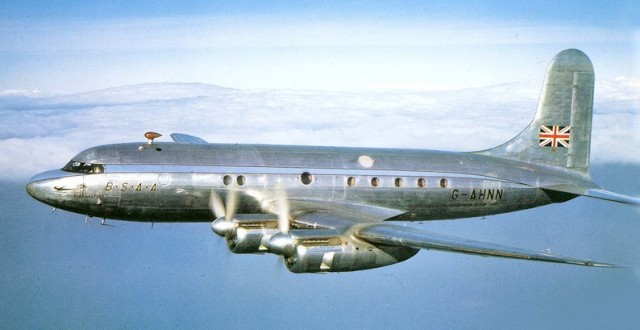


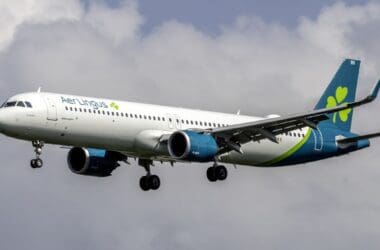
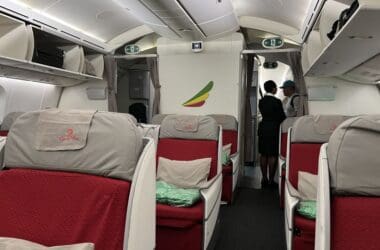
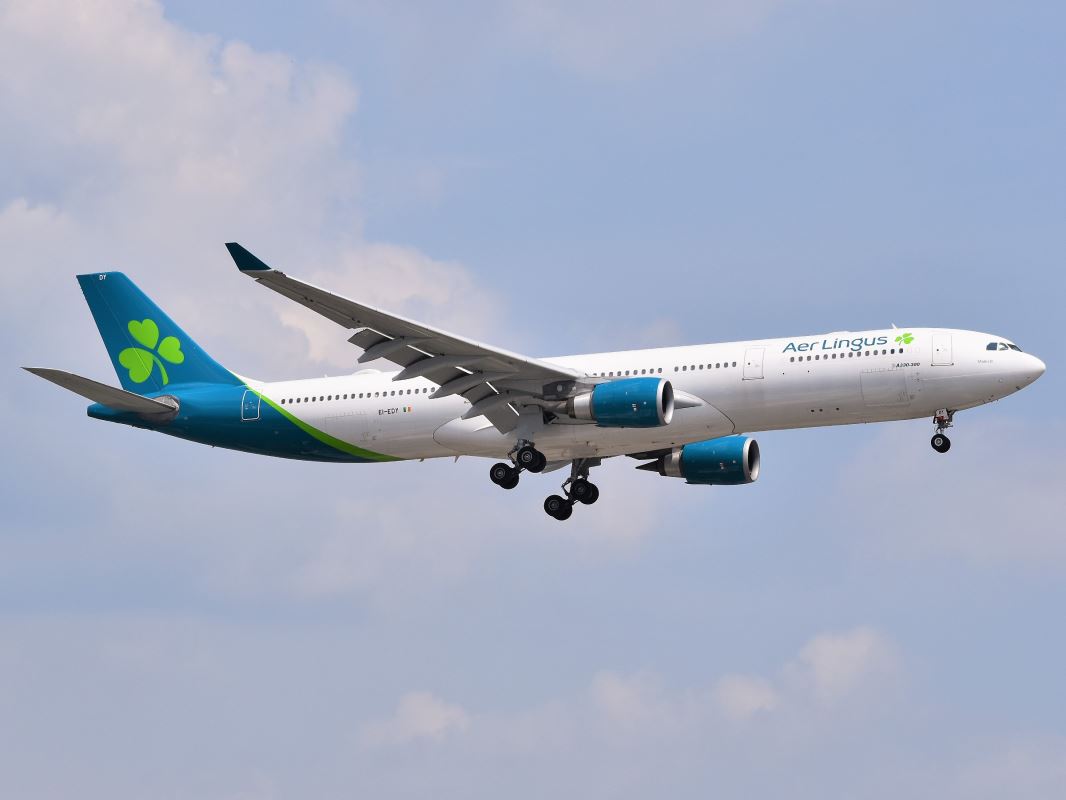
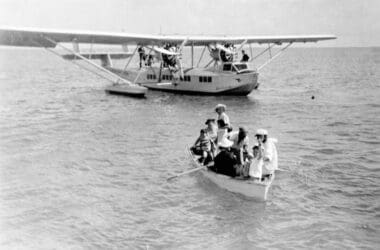
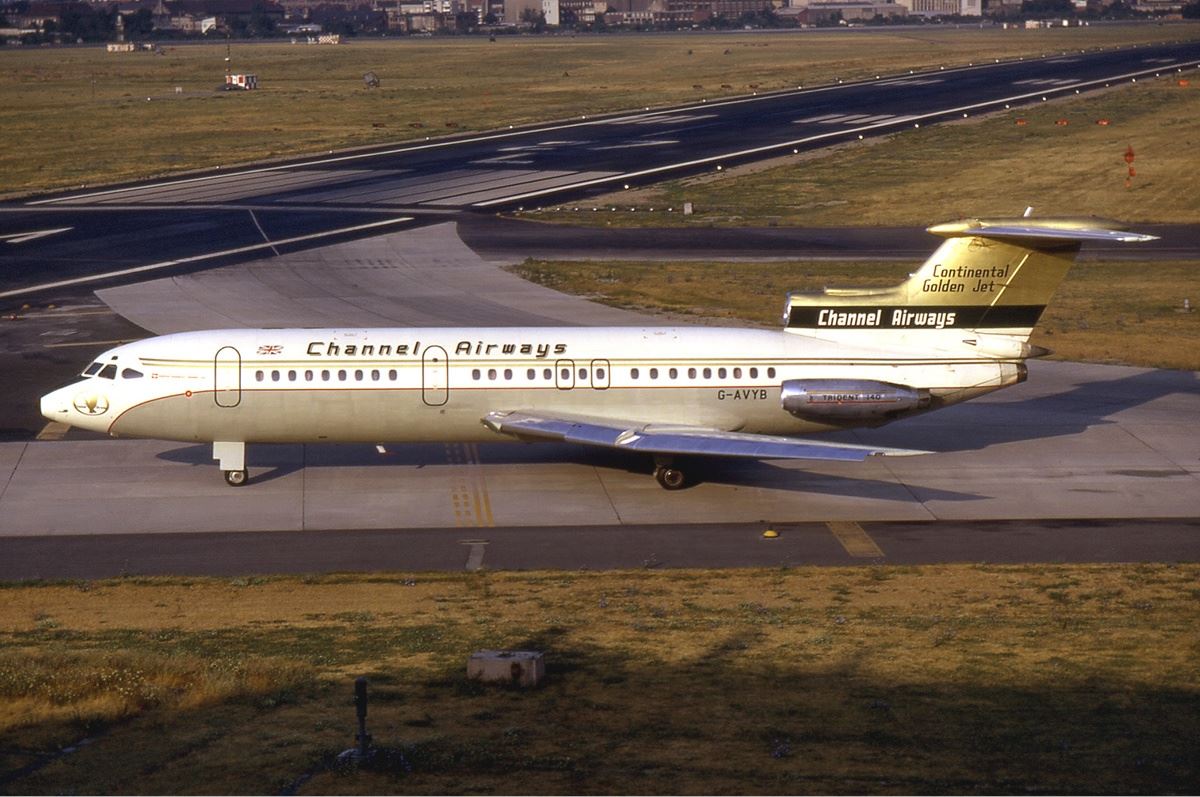

Never been on an Avro, but found myself fascinated with the disappearances of Star Tiger and Star Ariel. Thank you for the column and videos.
GOD BLESS
Thank you, Nick! Appreciate the comment.
I was too young to know, but I was told by my Dad ( Imperial Airt / BOAC ) that I flew as a baby with my Mum on one….1946 …1947 ?? to Montreal. He referred to it in jest as a
converted bomber…but he always loved those Merlins.I’m sure that would have been some trip at the time. I think many British people of that era were fond of the Merlin. Thanks for the comment!
The Indian Air Force flew me on an Avro. Other than when being flown by the IAF, I can’t recall ever taking an Avro otherwise. But for a part of my flying history, I never paid attention to the plane manufacturer.
Yes, the Avro’s are not very common. I’d be curious to know what type you ended up flying on. Nice to know you remember it!
I think the last take I had of it could have been an HS 748 Avro, but it may have been a HAL-manufactured one. It was during the first or second term of the GWB Administration.
Ahh okay, cool!
Never saw one in person, just from photos. I always thought the tailfin looked awkward. That and the weird window alignment made the whole thing look like it was designed by two or three engineers who never consulted with each other. A Frankenstein’s Monster sort of bird.
Yeah, the original tail looked a lot nicer, but then you had the plane trying to fall out of the sky, hence the redesign. All round, it was not great, to say the least.